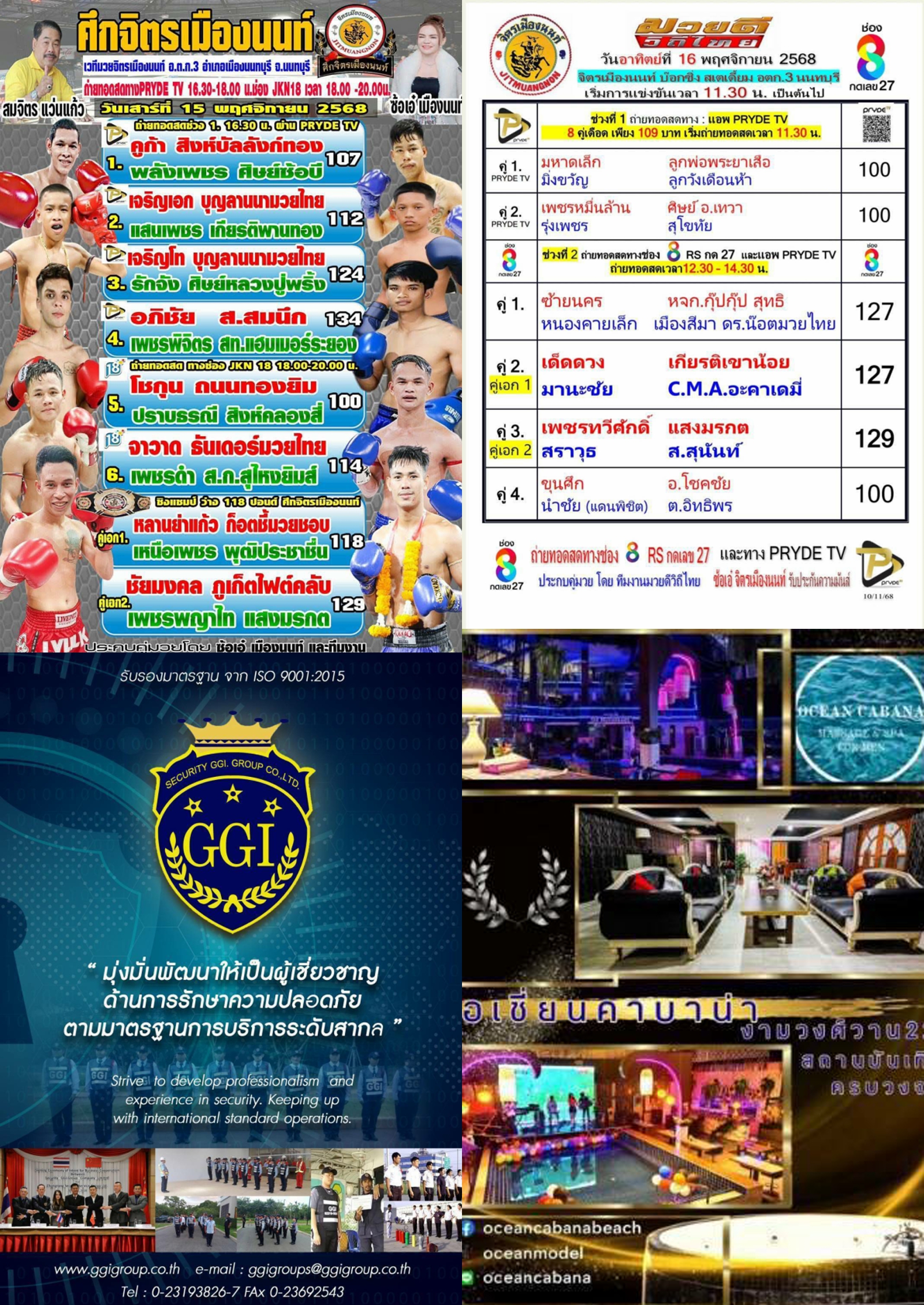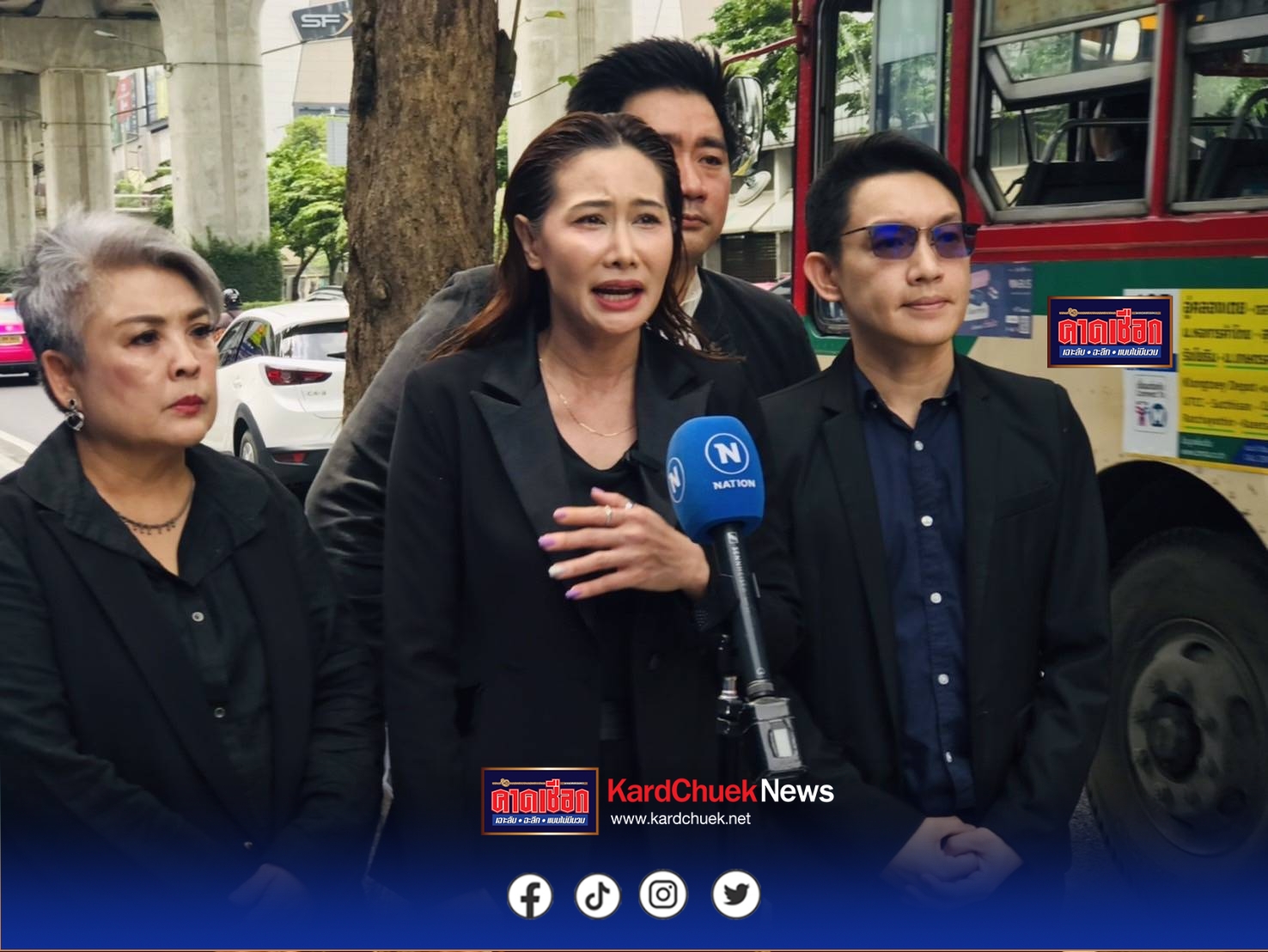Board meetings are a chance for the diverse opinions of board members to be shared and for the discussion of issues from several perspectives. However, the variety of perspectives and the nature of these discussions can be a challenge to navigate, without wasting valuable time or ignoring important issues.
The presiding director should give an agenda to all attendees prior to the meeting and include a description of its purpose and structure. The agenda should be distributed at least 24 hours prior to the time the meeting begins to give directors enough time to review it thoroughly. This is vital for keeping the meeting running smoothly and on time. If you have any issues you would like to discuss, make them known prior to the deadline so that they can be added to the agenda and discussed at the meeting.
In the course of the meeting, the board members discuss and vote on the best way to deal with issues that directly impact the business. The board can decide, for instance, to close a specific division, expand to an area that is not yet covered or hold profits instead of than handing them over to shareholders. After the decision has been taken, they’re implemented by the chief officers who will communicate the specifics of the changes to their departments.
It is important to keep in mind that the management of a company is typically delegated to the board of directors, either unanimously or through a majority vote at the board’s meeting. It is the responsibility of each member of the board to ensure that their decisions are in the best interests of the company.
boardmeetingpro.blog/5-critical-steps-for-putting-together-a-business-plan/










